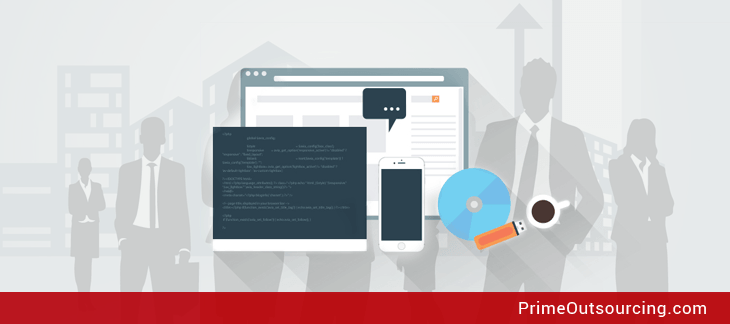Building your business’s online presence always starts with a good setting up a website. Whether you are trying to sell a product or service, and if you want to showcase your portfolio, your website must be aligned with your business’s goals and objectives. Most importantly, it should also reflect the value of your brand.
Due to the important functions a website performs, you should set it up correctly in the first place. It is only by doing so that your business will establish its online presence and eventually improve your customer relationship and increase your sales. With that in mind, according to Forbes, in setting up a website, be sure to avoid committing these common mistakes.
1. Not Having a Business Plan and Marketing Strategy
Remember that your website will serve as the central location of your business online. However, do not expect that it will receive traffic all by itself. Before you invest time and money in setting up a website, your first order of business should be to develop a business plan and marketing strategy.
That means you need to be clear about what products or services you are selling, who your target customers are, what solutions you can provide to their problems, and who you are competing with.
Once you have determined these things, you need to come up with strategies and tools that will help generate traffic to your website and ensure conversions. You will also need to have e-commerce analytics or tracking system, SEO campaign, social media marketing strategies, and other Internet marketing tactics.

All these, of course, should be carefully researched so you will have a better understanding of how they can be integrated into your website. Just keep in mind that some areas of marketing can be quite difficult and may require outside help when setting up a website.
2. Thinking Too Little of the Work Involved When Setting Up a Website
Many businesses often have this misconception that website set up is easy–buy a domain name, do a couple of tweaks here and there and you are good to go. Truth be told, there is a ton of work that goes into developing and designing a website.
This project is a trial and error that may take months to get off the ground. You need to treat your website development and design as you would like a traditional business. It will require a lot of attention, research, time, money and effort.
What you should do is make a list of everything that needs to be done. After this, check the tasks off your list when they are completed.
3. Not Paying Attention to the Host and Ecommerce Platform to Be Used
While it is tempting to opt for a free hosting service, you might want to hold off that thought. Sure, free hosting will not cost you money upfront, but that does not mean you will get the service and results you desire.
Free hosting will not provide your business its domain name and some of its important marketing functions will not be available as well. However, the biggest pitfall with free hosting is, all the content you publish will be considered as shared intellectual content. Meaning to say, the host can use your content as if it is theirs. Spending money on hosting is a good investment you will not regret.

As for the e-commerce platform, always go with known and trusted services. That way, you can be assured that they can provide the right solutions to your needs.
4. Lack of Harmony in Design and Content
A website design should always be appealing to the eyes. After all, humans are visual. However, the design is not the only thing you should focus on when setting up your website. It is equally important to balance it out with the right amount of content that accurately delivers the message you would like to convey.
Why is this balance important? Because the last thing you want is for your visitors to only appreciate your website’s design that they do not even notice the products or services you are trying to offer. That means you only get traffic without conversions, which is bad for your business.
5. No Product Information
Take note that your product specifications are one of the essential parts of your e-commerce. It makes up most of the valuable contents of your page so it should not be neglected. Furthermore, you have to articulately describe each of your featured products. Doing so will allow your customers to know what they will be getting so they can also avoid any disappointments.
6. Unsecured Site
Not securing your site is one common mistake that entrepreneurs usually commit. As a business owner, remember that if you are going to need your customer’s details directly on your e-commerce site, you must have a secured site.
You can do this by buying an SSL certificate, this will reassure your customers that all their given data are secured and encrypted. More so, you will not need to worry about losing all your saved data.

7. Slow Loading Speed
Studies have shown that netizens have a very short patience span. If you have a slow loading website, expect that your visitors will eventually lose interest to browse through your pages. However, it is given that e-commerce sites can have quite heavy files to load up.
Not to mention its number of modules and features to be displayed. You need to optimize your site’s coding, also having a good hosting server is one major plus. There are other issues involved when setting up a website.
However, the ones mentioned above are some of the things you can easily manage and will allow you to better understand the workings of your site.
Web Development Services at PrimeOutsourcing
Web development is something that should be handled by people with the right expertise and knowledge. Outsourcing your web development will not only help you manage your e-commerce site, be assured to have a well-optimized site starting from its design to all its functionalities.
Outsourcing your web development with PrimeOutsourcing will let you obtain access to the experienced and world-class talent pool. Our web developers have worked with different foreign clients from different types of industries.
Check out our web development service today, and request a quote! If you have any more questions, visit our FAQs page.


